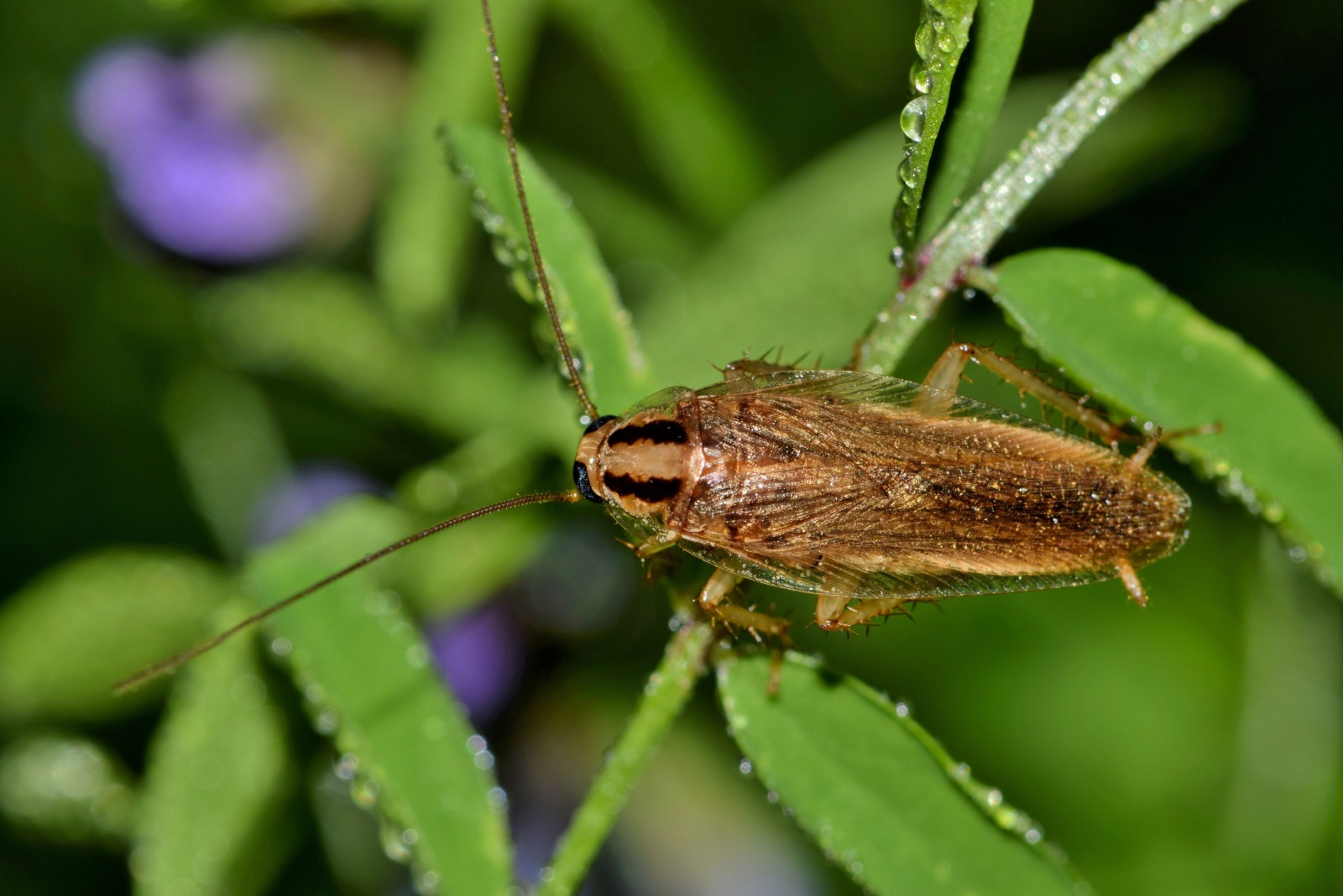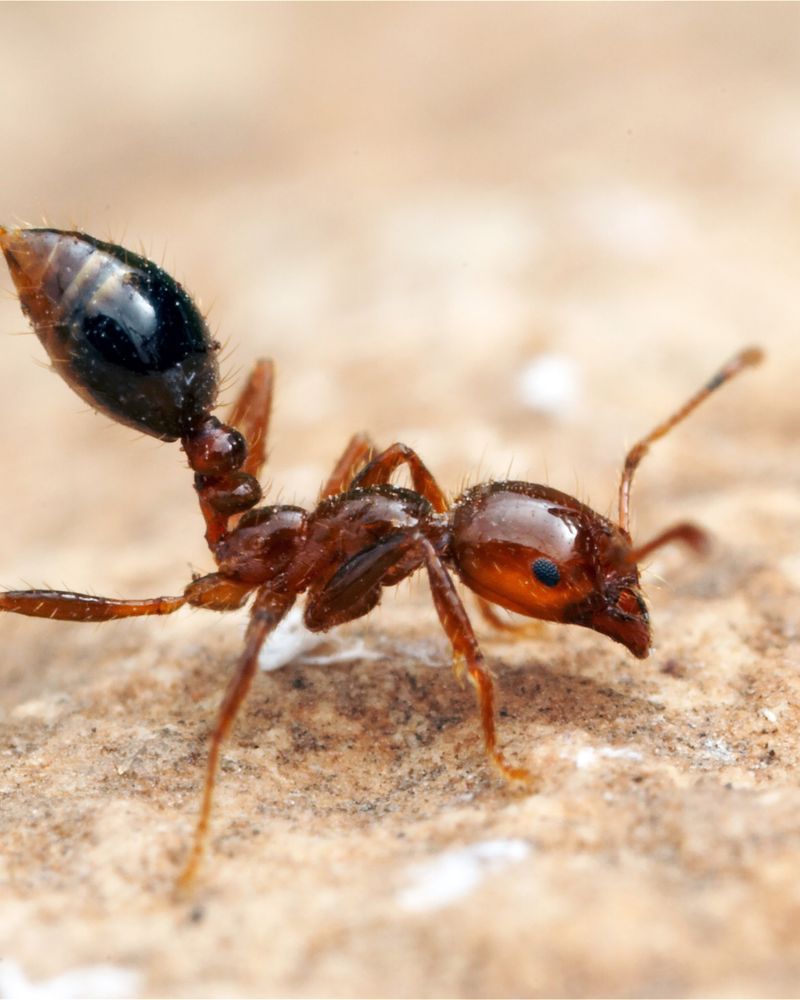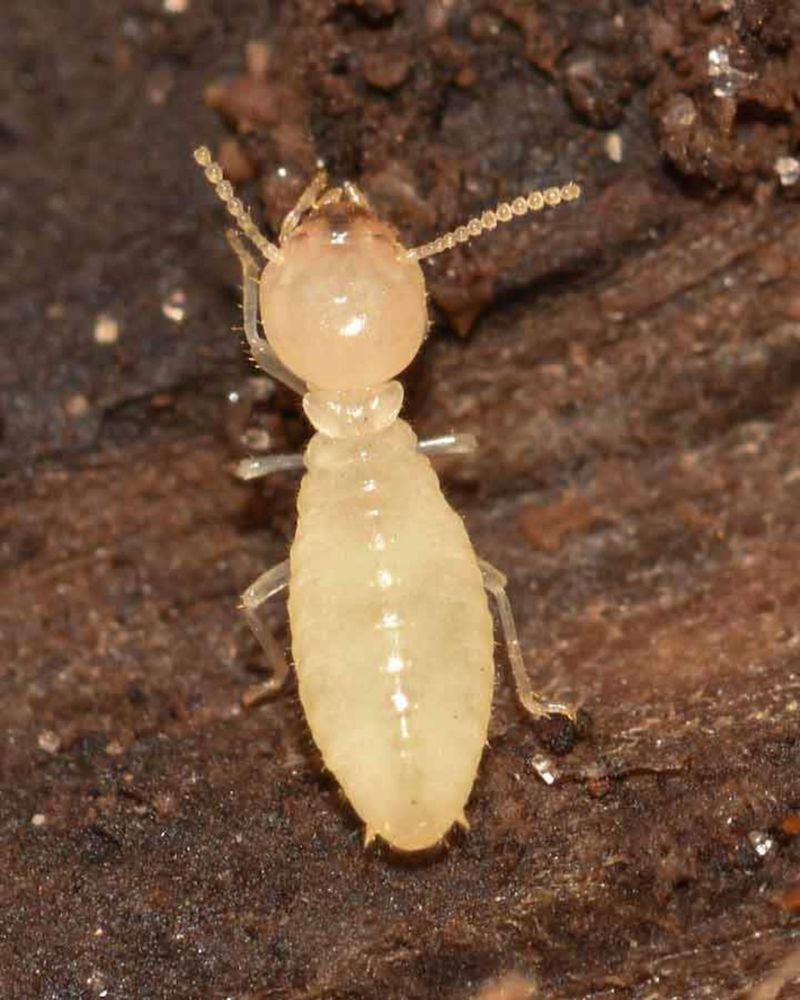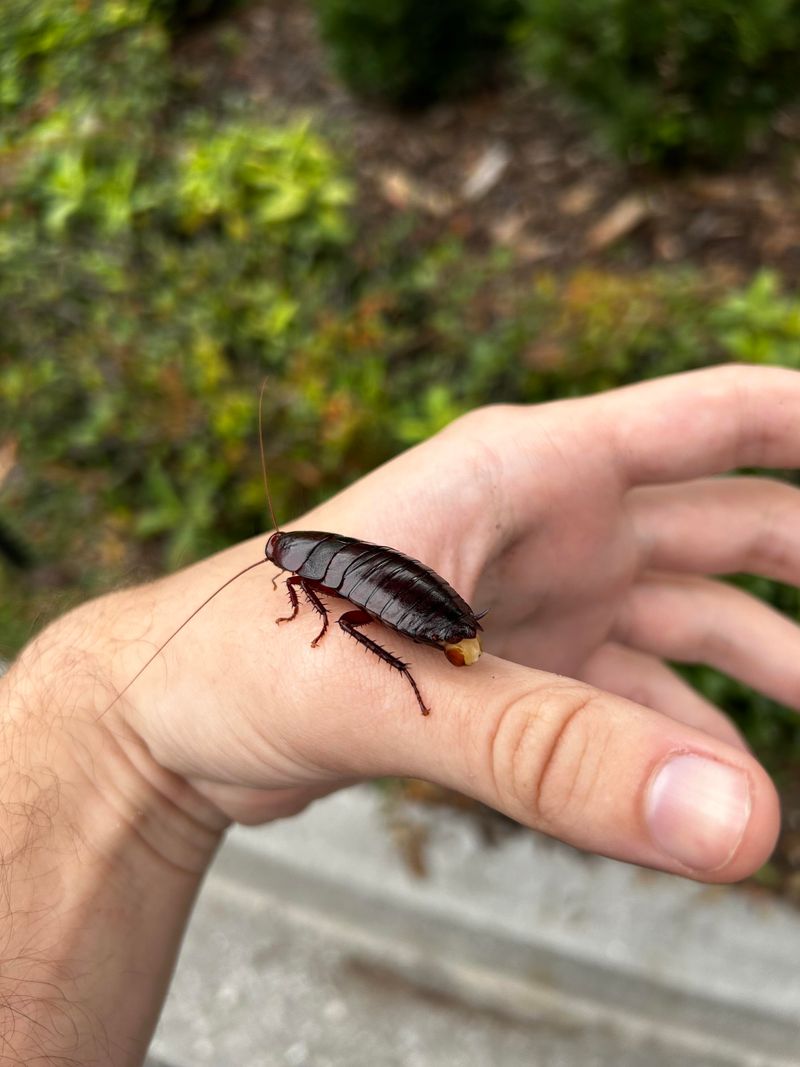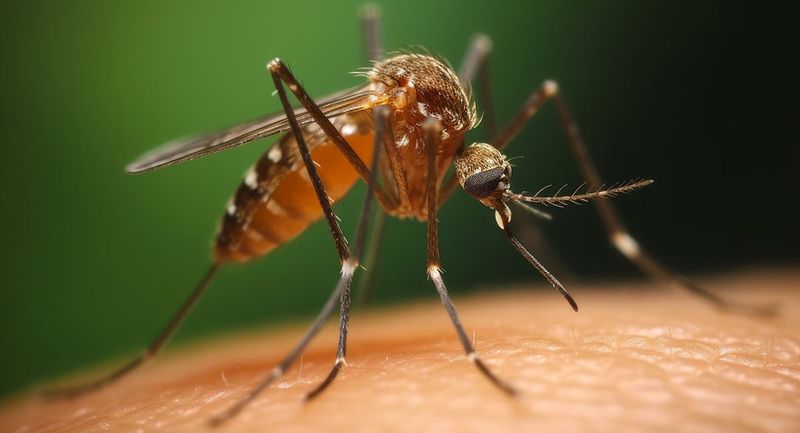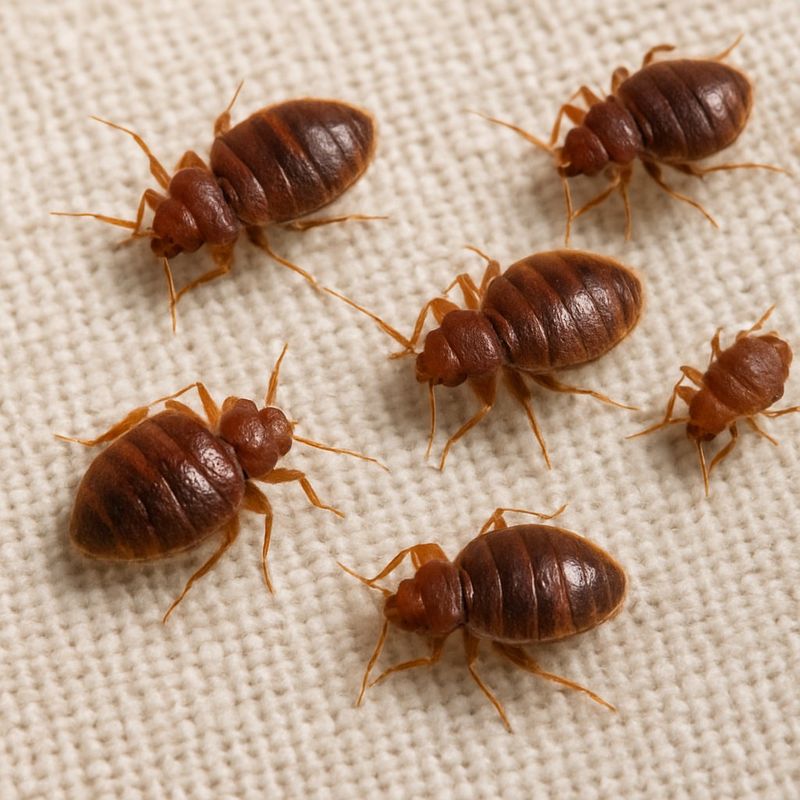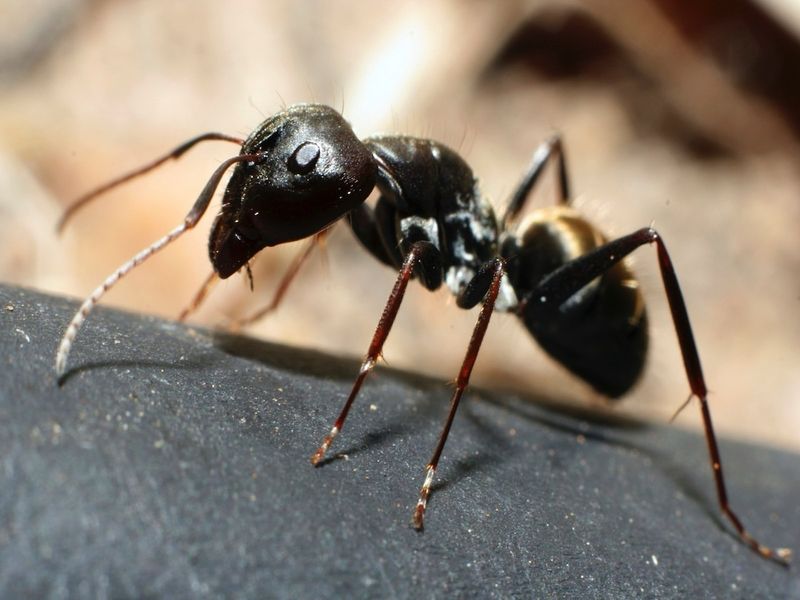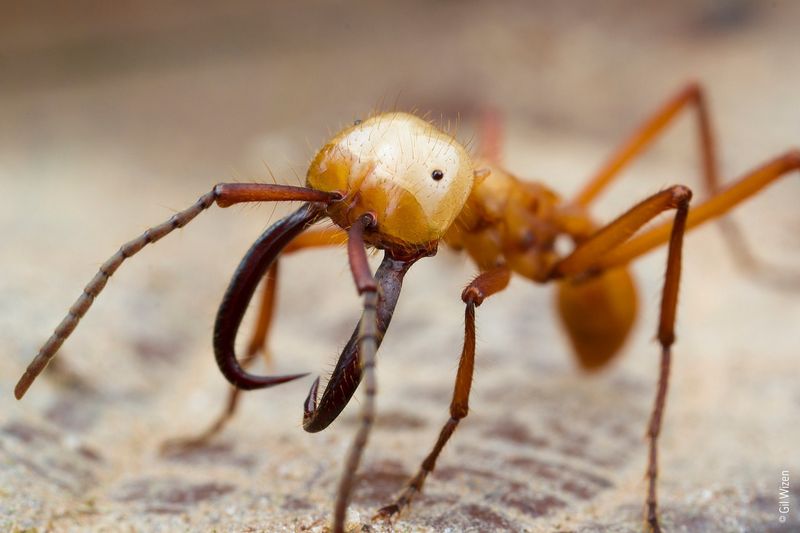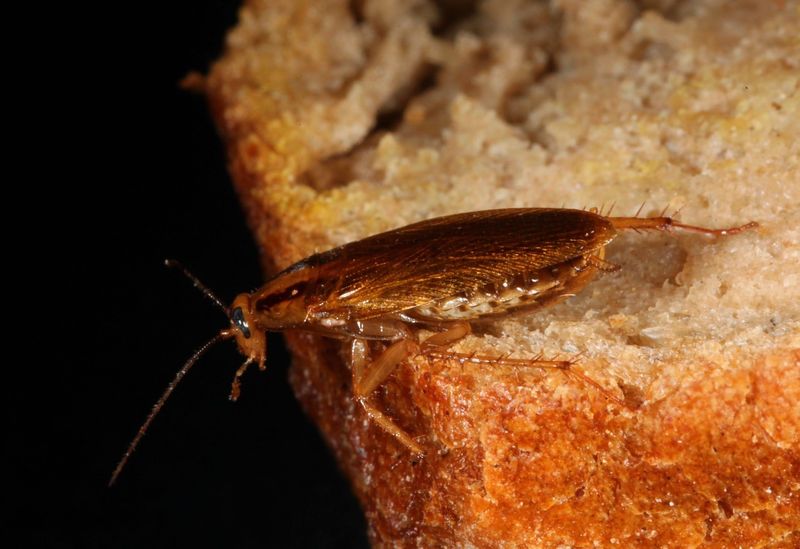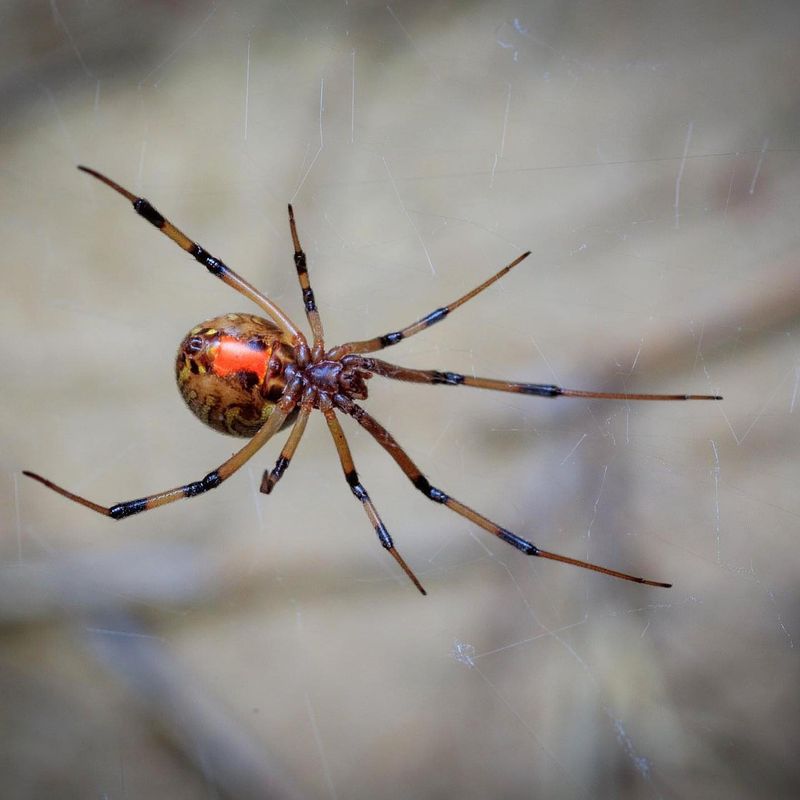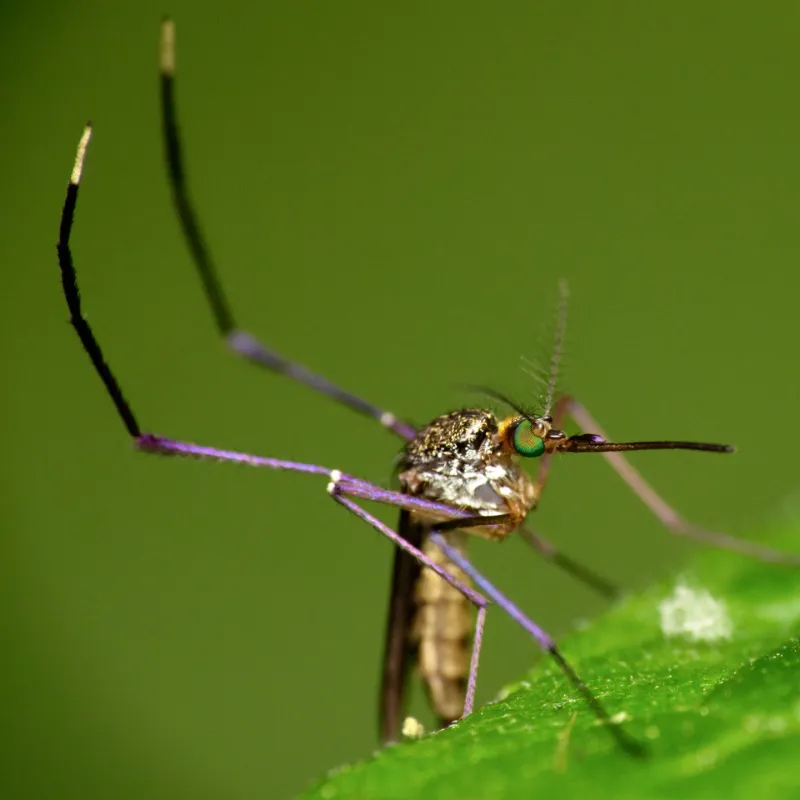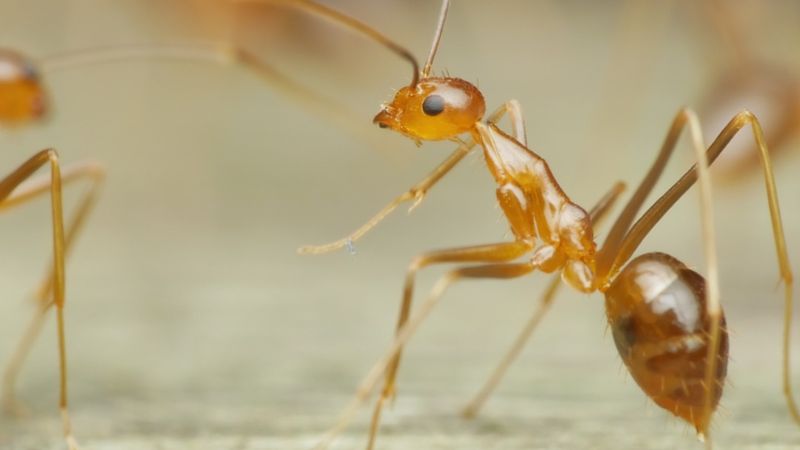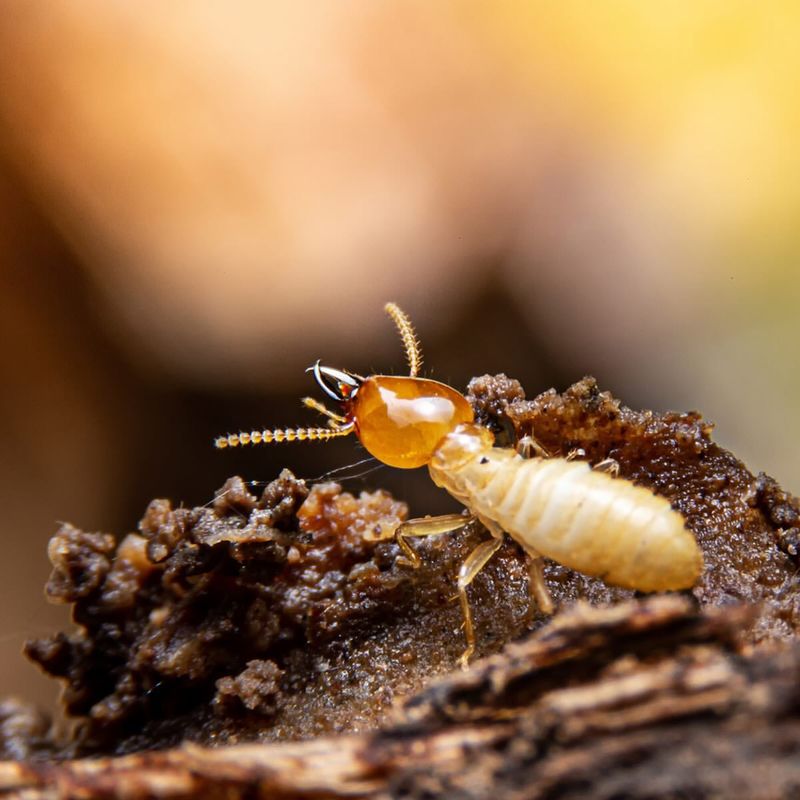Florida’s warm climate creates the perfect breeding ground for numerous insect pests that can damage homes, spread disease, or destroy gardens. Catching these unwanted visitors early can save you from bigger problems down the road.
Taking action when you first spot these troublemakers is key to protecting your property and health.
1. Red Imported Fire Ants
Those tiny red menaces pack a painful punch when they sting, causing burning welts that can become infected. Originally from South America, fire ants have made themselves at home across Florida.
Look for dome-shaped dirt mounds in your yard, especially after rain. Treat infestations quickly with bait-style insecticides that worker ants carry back to the queen, eliminating entire colonies rather than just surface ants.
2. Formosan Termites
Silent destroyers working behind your walls, Formosan termites cause more structural damage than any other termite species in Florida. A single colony can contain millions of termites munching through wood 24/7.
Watch for discarded wings near windowsills, mud tubes along foundations, or wood that sounds hollow when tapped. Professional treatment is absolutely necessary – these super-termites require specialized equipment and chemicals that DIY methods simply can’t match.
3. Palmetto Bugs
Despite their fancy name, palmetto bugs are just large American cockroaches that love Florida’s humidity. Growing up to two inches long, these reddish-brown pests scurry out at night looking for food and water.
Seal cracks around doors, windows, and pipes to block their entry points. Keep your kitchen spotless by wiping counters nightly and storing food in airtight containers. For serious infestations, use roach baits or contact a pest control professional to target their hiding spots.
4. Mosquitoes
Beyond the annoying itchy bites, Florida mosquitoes can transmit serious diseases like West Nile virus, Zika, and dengue fever. Female mosquitoes need just a bottle cap of standing water to lay hundreds of eggs.
Empty outdoor containers weekly – bird baths, flower pot saucers, and children’s toys can all collect enough water for breeding. Use fans on porches since mosquitoes are weak fliers. For yard protection, consider mosquito dunks in ponds or water features, which contain bacteria that kill mosquito larvae but are safe for other wildlife.
5. Bed Bugs
Notorious hitchhikers, bed bugs travel in luggage, used furniture, and clothing to invade Florida homes. Their bites appear as itchy red welts, often in lines or clusters on exposed skin while sleeping.
Inspect hotel beds by pulling back sheets and checking mattress seams for rust-colored stains or tiny bugs. At home, vacuum frequently and reduce clutter where they hide. Bed bug elimination usually requires professional help – these stubborn pests resist many over-the-counter treatments and can survive months without feeding.
6. Carpenter Ants
Unlike termites, carpenter ants don’t eat wood – they excavate it to build nests, leaving behind sawdust-like material called frass. Large black ants marching in a line near your home might signal a nearby colony.
Trim tree branches touching your house that serve as bridges for these pests. Fix moisture problems like leaky pipes or roof issues that create the damp wood they prefer. Bait stations work well for carpenter ants since workers carry the poison back to the colony, eventually killing the queen and stopping the infestation.
7. White-Footed Ants
Small but mighty invaders, white-footed ants form massive colonies with millions of members throughout Florida. Named for their pale yellowish feet contrasting against their dark bodies, these tiny pests march in long trails seeking sweet foods.
Unlike other ants, killing just some workers doesn’t solve the problem because queens make up about half the colony! Trim vegetation away from your home’s exterior and seal entry points around windows and doors. Professional-grade ant baits offer the best control since the entire colony must be targeted.
8. German Cockroaches
Smaller than palmetto bugs but far more prolific, German cockroaches are the most common indoor roach in Florida. A female carries an egg case containing up to 40 babies, and can produce a new generation every 60 days!
Focus cleaning efforts on kitchens and bathrooms. Wipe down counters nightly, fix leaky faucets, and never leave dirty dishes out. Combat gel baits work well when placed in cracks and crevices where roaches hide. For severe infestations, professional pest control services may be necessary to break their rapid breeding cycle.
9. Brown Widow Spiders
Cousins to the infamous black widow, brown widow spiders have spread rapidly across Florida in recent years. Their venom is potent but they inject less when biting, making them somewhat less dangerous than black widows.
Look for their distinctive spiked egg sacs that resemble tiny sea urchins under outdoor furniture, in planters, or around window frames. Wearing gloves when working in the garden helps prevent accidental bites. Remove webs and egg sacs with a broom or vacuum, and apply residual insecticides to discourage their return.
10. Asian Tiger Mosquitoes
Easily identified by their striking black-and-white striped legs and body, Asian tiger mosquitoes are aggressive daytime biters in Florida. Unlike native mosquitoes that feed at dawn and dusk, these pests hunt throughout the day, making outdoor activities difficult.
They breed in tiny water sources – even a discarded bottle cap can support larvae. Wear long sleeves and pants treated with permethrin when outdoors. Empty all water containers weekly and consider area repellents containing metofluthrin for patios and decks to create mosquito-free zones for outdoor enjoyment.
11. Crazy Ants
Named for their erratic movement patterns, crazy ants have become a major Florida pest. These tiny invaders swarm in massive numbers around homes and have a strange attraction to electronics, sometimes causing short circuits in appliances and AC units.
Unlike most ants, they don’t respond well to standard ant baits. Keep food sealed and counters clean to avoid attracting them indoors. Professional pest control is usually needed for effective control since they require specialized treatments. Their colonies can contain multiple queens, making them particularly difficult to eliminate completely.
12. Subterranean Termites
Florida’s most common termite species, subterranean termites, cause millions in property damage annually. They build protective mud tubes to travel between their underground colonies and the wooden structures they’re devouring.
Watch for hollow-sounding wood, discarded wings after spring swarms, or pencil-thin mud tubes along foundations. Prevention is key – maintain at least 6 inches between soil and wooden parts of your home. Professional termite barriers or bait systems provide the best protection against these relentless wood-destroyers that never sleep and never stop eating.

